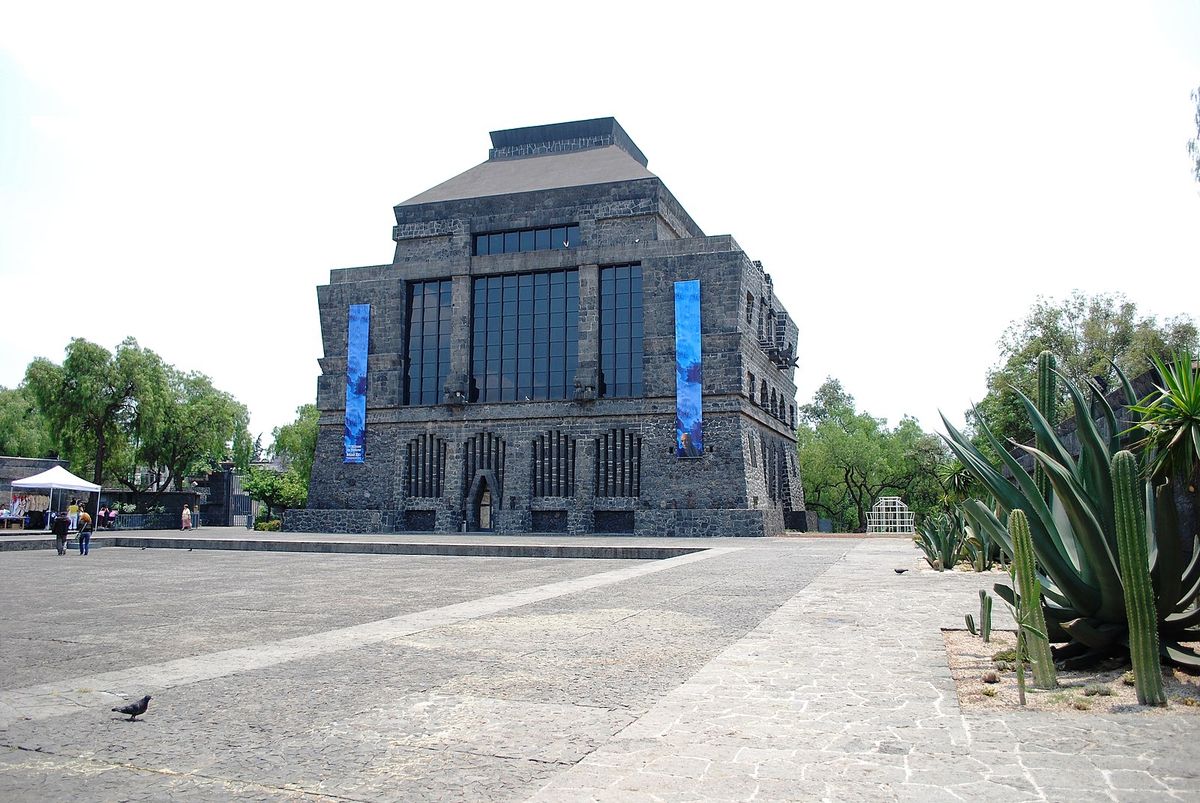A dream project envisioned by Diego Rivera around eight decades ago was unveiled this week at the Anahuacalli Museum in Coyoacán, a sprawling museum on the outskirts of downtown Mexico City devoted to housing Rivera’s vast collection of pre-Hispanic artworks. The so-called City of Arts project comprises a 13-building complex that flanks the main Anahuacalli building, adding around 6,000 sq. m. of gardens and exhibition, workshop and performance spaces.
Rivera bought the 40,000 sq. m. property that houses the museum in 1941 with Frida Kahlo. He later began construction on a building that resembles a Mesoamerican pyramid, which served as his workshop and became the home of his 60,000-piece pre-Hispanic art collection.
In a manifesto written between 1945 and 1950, Rivera wrote that the completed complex would combine “the school and academy artist with the potter, with the weaver, with the basketmaker, with the stonemason, with everything that is a pure and high expression of the people of Mexico”. He imagined that the additional buildings would surround the main square, resembling the landscape of ancient Mexican archeological sites.
Rivera died in 1957 and the main building was inaugurated in 1964 by his daughter, Ruth Rivera Marín, and the architects Juan O’Gorman and Heriberto Pagelso. The Mexico City-based architecture firm Taller de Arquitectura spearheaded the latest, nearly $1m expansion project. It took around four years to complete and features buildings that blend Modernist and Tenochtitlan influences.
Around 2,000 pieces from Rivera’s collection are displayed throughout the museum, which also contains elaborate ceiling murals designed by Rivera in most rooms. They feature mosaics of ancient Mexican motifs like snakes and anthropomorphic figures as well as various complex patterns that complement his teeming collection of pre-Hispanic sculptures and ceremonial objects.
Kahlo once said that Rivera had “spent most of what he has earned from his incessant work on forming his magnificent collection of archeological pieces”, and that—after painting—Rivera received the most “joy and enthusiasm [from] his little idols”. She attested that there was “no better private collection in Mexico; even in the National Museum itself, certain pieces as important do not exist”.


